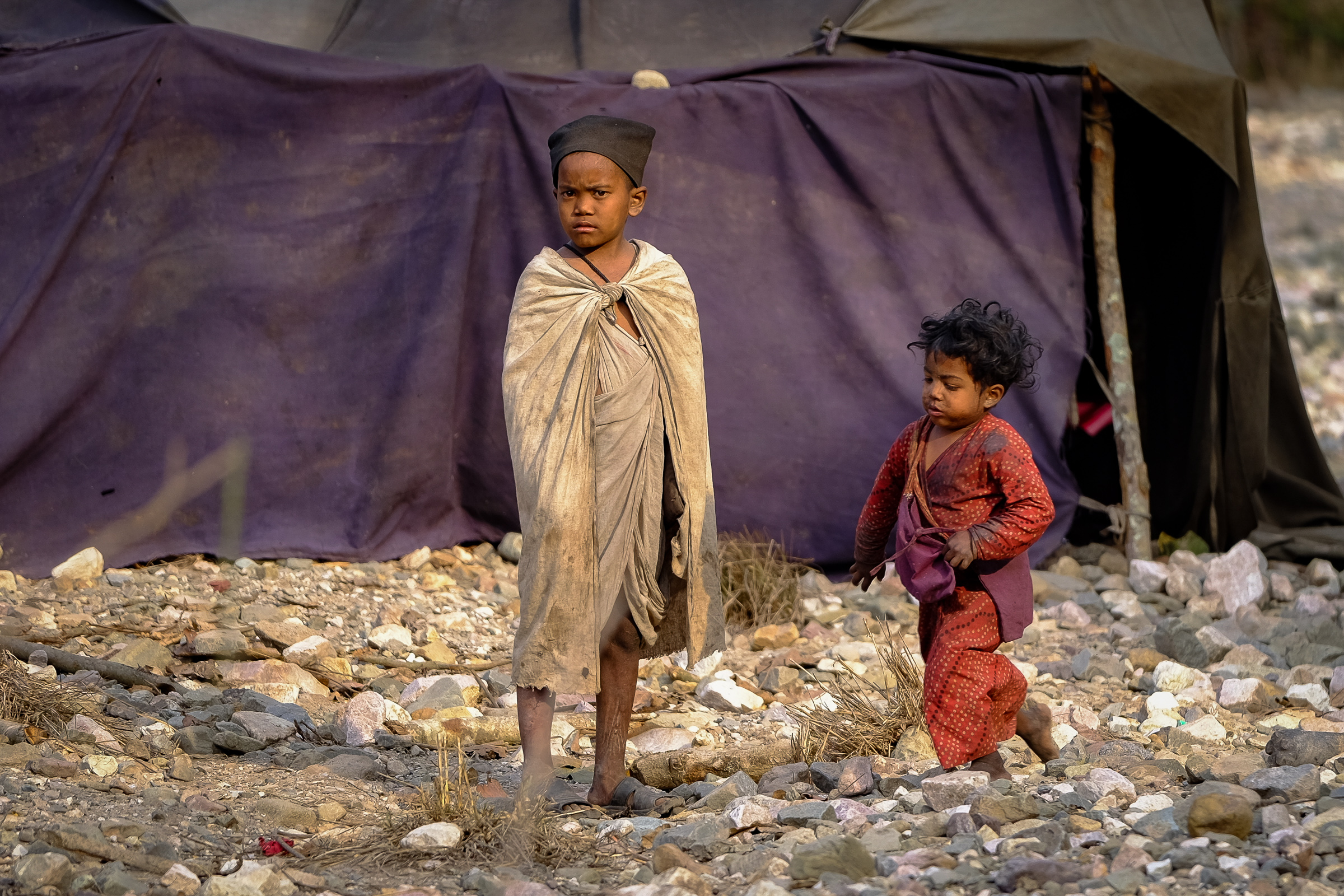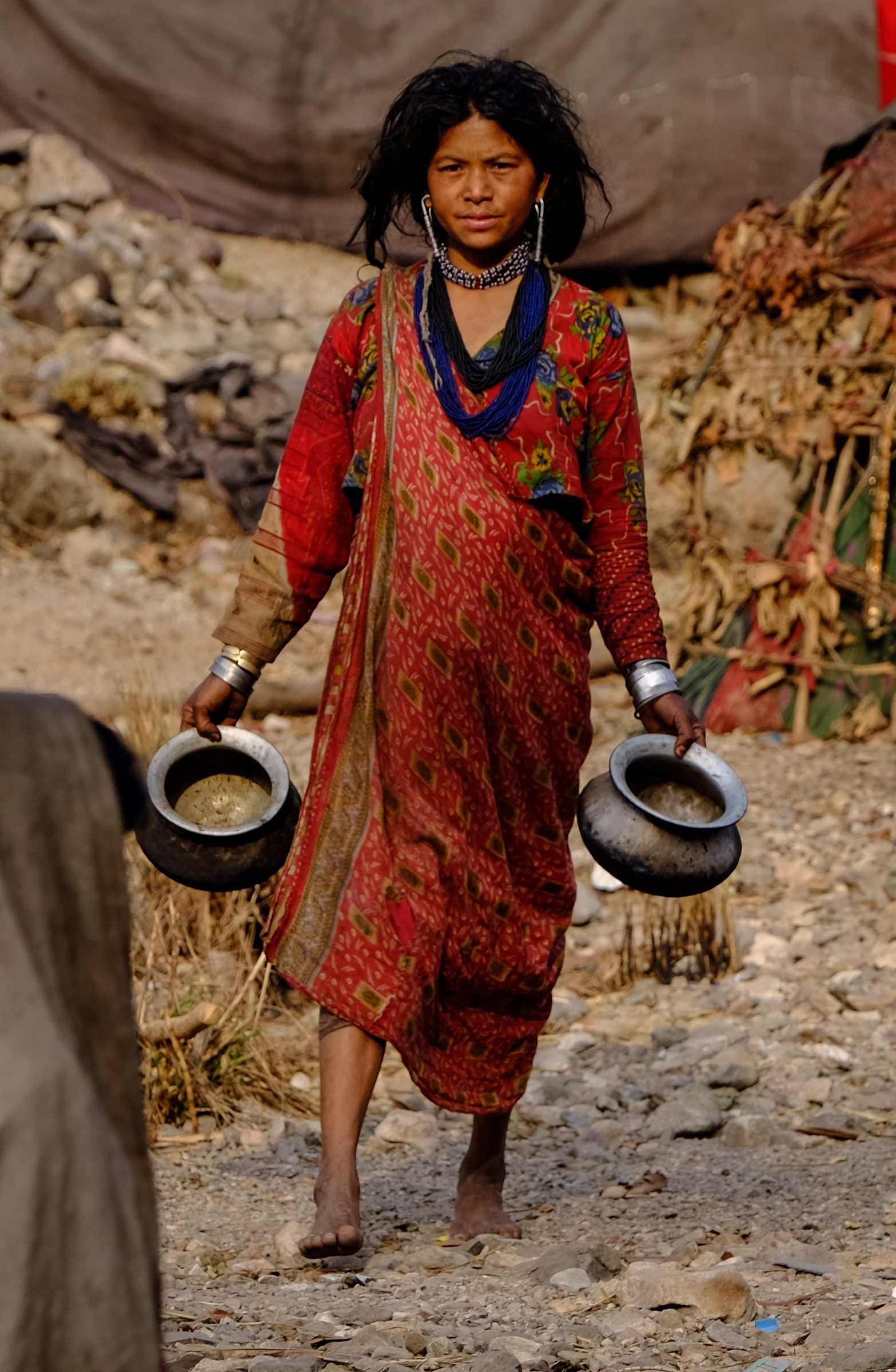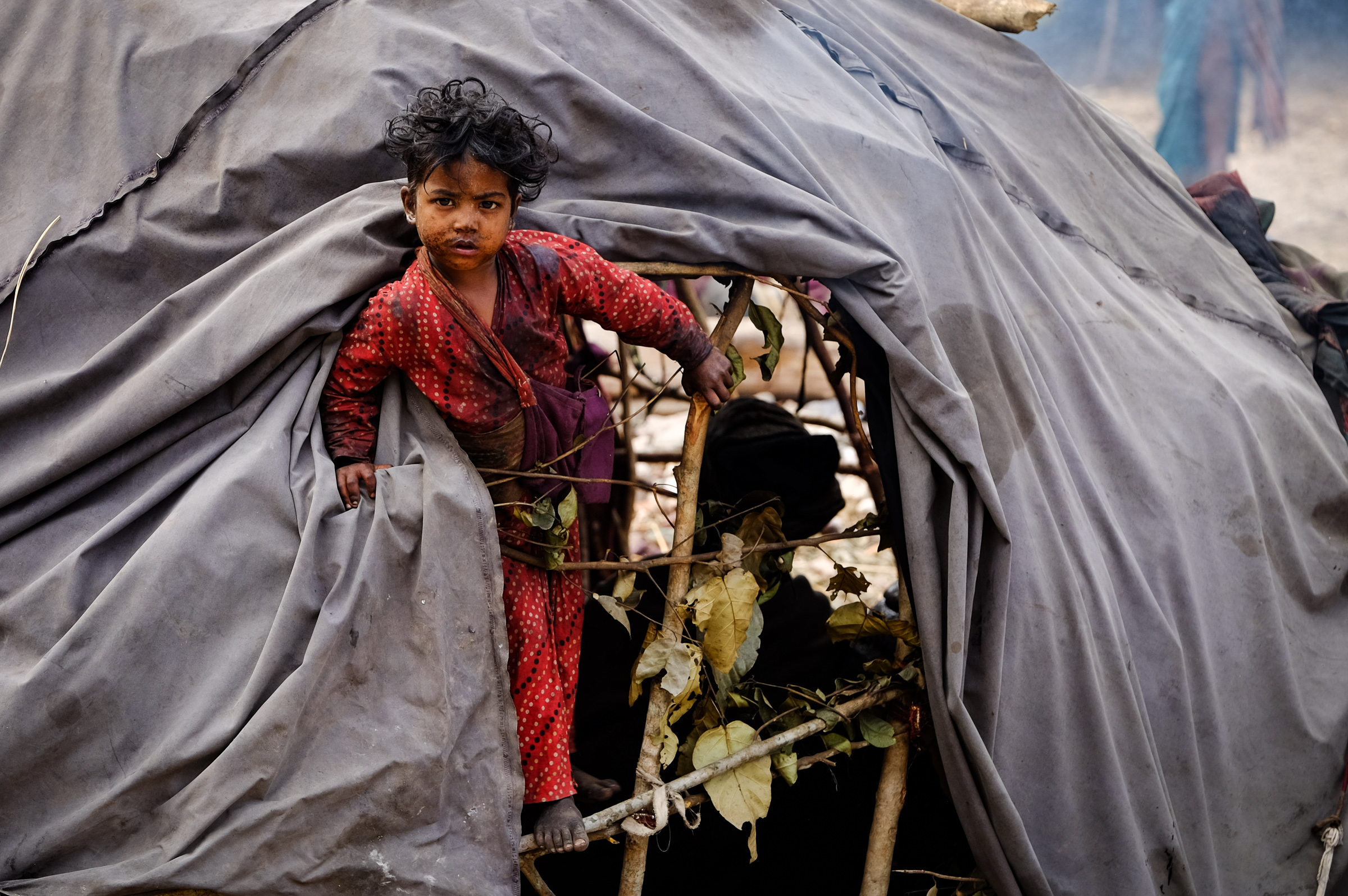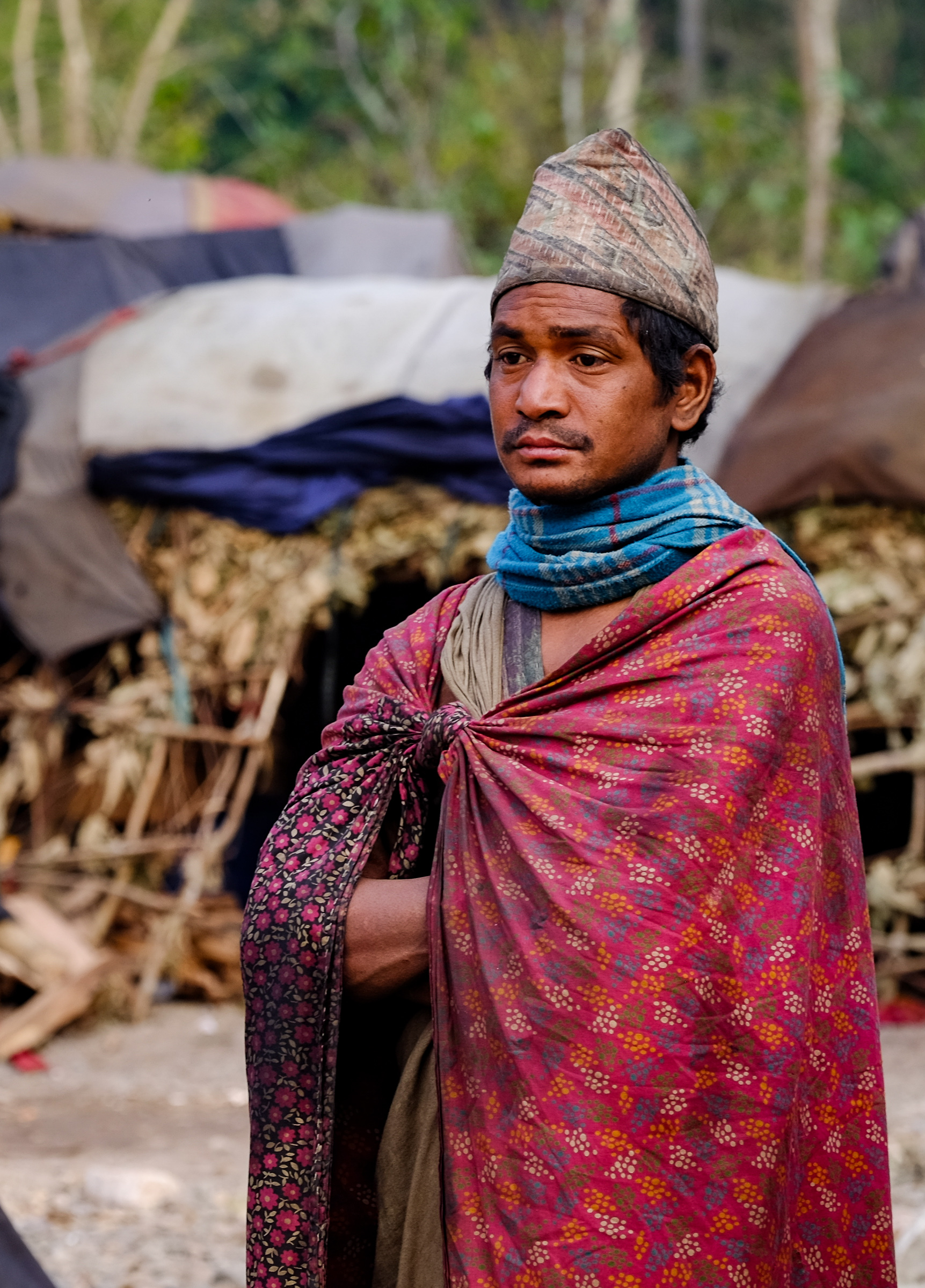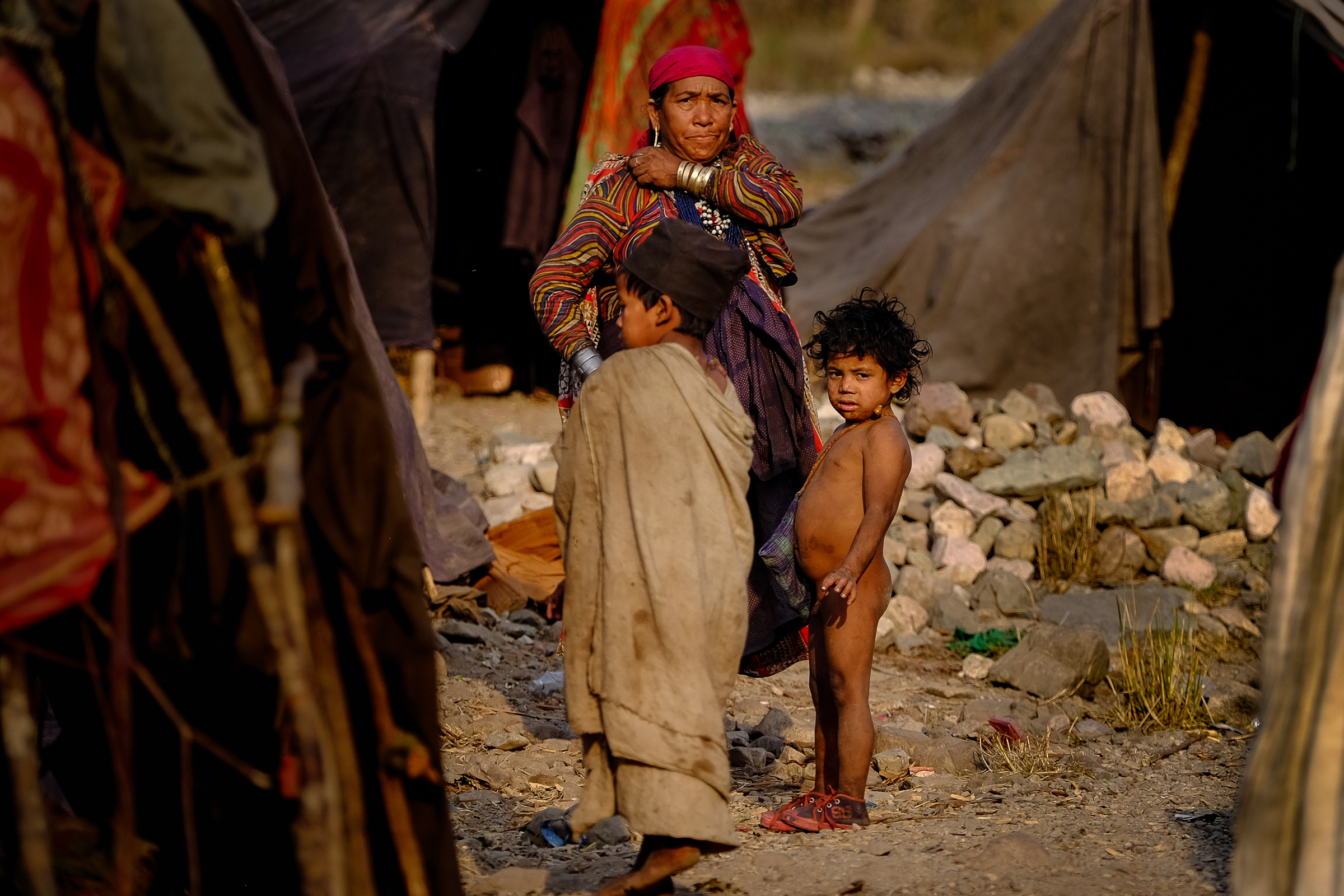Documenting Nepal’s Last Nomads
In January of this year I invited my longtime friend, Keith Thompson, to join me on a trip to Nepal. The objective was to deliver water purification systems to remote villages and scout new routes for upcoming trips with my nonprofit, Clean Drink Adventures. Leading the way was my philanthropic partner, Vishu Sijali.
There are few people with a more intimate knowledge of rural Nepal. I attribute it to two things. The dude is tough-as-nails and he has perpetually itchy feet. He spends an insane amount of time exploring the remote haunts of Nepal on his motorbike. It’s how he knows things, places, and people others don’t, like where to find the country’s most elusive tribe, the Raute nomads.
For the better part of a millennium, Nepal’s colorful nomads thrived in the jungled forests of the Himalayan foothills. Living in peaceful harmony with nature, they move in synchronicity with the seasons. During the summer months they climb into the mountains to escape monsoon floods and oppressive heat. As winter arrives they descend to escape the cold.
It’s a cycle of life which has defined their very essence. But the rhythms of nature have changed. A shifting climate and evolving landscape conspire to interrupt their movements. Encroaching villages and the advances of terraced mountainsides now force the Raute to live in the shrinking wilds in between. Once a romantic example of wandering ways, their vibrant culture has taken on the pained existence of vagrancy. They live where they can, however they must. For centuries they foraged for plants, fruits, and wild vegetables in the jungle. Now they frequently embark on desperate raids of local gardens in nearby villages. Believing domestic animals produce fouled meat, they prefer a diet of Langur monkey, a source of food now gone scarce. Malnutrition is rife. Infant deaths are common. The Raute struggle to survive.
It took us the better part of the day to find their camp, but it was worth the effort. We spent several hours in the company of Nepal’s jungle ghosts, a privilege not many outsiders receive. Few are allowed access to their camp and our visit was not without a few tense moments. The Raute are governed by strong taboos and watched over by forest spirits easily made angry. Some of the villagers worried our presence would rile those jungle gods.
Over the last few years many people have sought to document the demise of the Raute, a sad story indeed. Once counted in the thousands, the Raute’s last community averaged 150 individuals for 3-5 years. As we left their camp, Keith and I placed the number closer to 80. We wondered if the Raute would survive the next monsoons. Most of the remaining tribe has abandoned their traditional ways and retreated to government funded camps. It’s an ignominious end to a vibrant and ancient culture.
As a photographer, I know when I’m recording images I will never replicate. For many travel photographers, they strive to capture shots of colorful beaches, posh hotels, and scenes they hope will compel people to hop a plane to see for themselves. I think that’s fine, just not for me.
The world is changing. People are dying, struggling, surviving, laughing, and thriving. The spectrum of life in all of its textured, triumphant, and tormented colors cannot be photographed with typical Instagram-inspired travel photography.
I travel. I take photos. These photos are of travel. But they also document life in all of its fragility. After 900 years, I found the Raute on the eve of their cultural extinction. It made me melancholy, but profoundly honored to be allowed to see how life is, and has been, for Nepal’s last nomads.
This––is travel photography.




